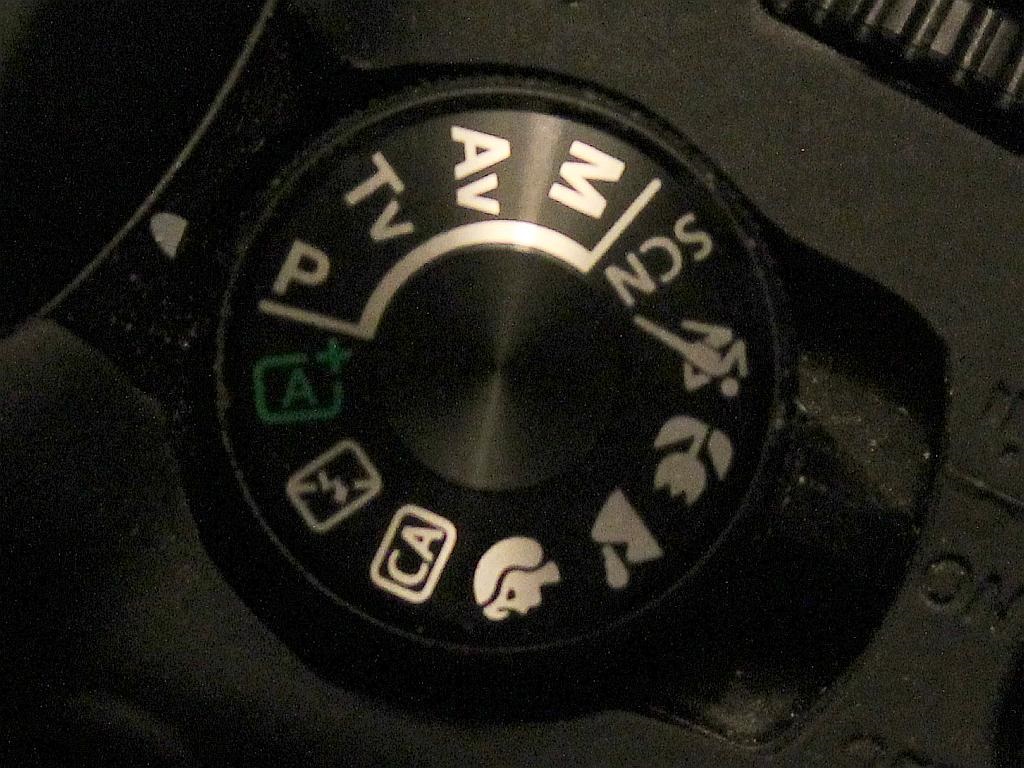 I have been in possession of my Canon EOS Rebel SL1 since last December. Damsel has had Canon EOS Rebels for years, but this one is my first semi-serious DSLR (Digital Single Lens Reflex) camera.
I have been in possession of my Canon EOS Rebel SL1 since last December. Damsel has had Canon EOS Rebels for years, but this one is my first semi-serious DSLR (Digital Single Lens Reflex) camera.
Since I had little experience with DSLRs other than borrowing Damsel’s from time to time, I bought and read “Canon EOS Rebel SL1/100D for Dummies.” The book helped a lot in that it pointed out all of the special features of the camera including the menus plus all of the modes available on the wheel and a few more beyond that.
In this post I will discuss what the Canon manual describes as “creative modes,” which are P, Tv, Av and M seen in the image enclosed by an arc and braces on the upper left side of the wheel in the image. I won’t go into all the other modes available other than to enumerate them. Starting with the green box “A” on the left going counter-clockwise, the fixed modes are as follows:
- Scene Intelligent Auto
- Flash Off
- Creative Auto
- Portrait
- Landscape
- Close-up
- Sports
- and Special Scene Mode with a variety of kitschy settings available (snow, beach, fireworks, etc.)
Now for the creative modes:
P is for “Program AE,” which automatically selects aperture and shutter speed for you. If you select ISO AUTO, then this mode is more-or-less completely automatic with the exception that if you want the flash to fire, you must deploy the pop-up wink light manually. The latter is true for all of the creative modes. “P” is the mode I use the most.
Tv is for “Shutter Speed Priority.” Set the shutter speed to get the effect you desire. Long exposure time to blur motion and short exposure time to freeze it. Aperture and other settings are automatic. I have this mode set to a very fast shutter speed for normal use in case I see something moving that I wish to freeze. Switching modes is almost instantaneous while in the field.
Av is for “Aperture Priority.” Use a narrower aperture for greater depth of field. I have this set to a wide aperture to be able to capture objects with a blurred background. It’s good for portraits of people and photos of critters in the desert with attention focused on the subject and drawn away from the background.
M is for “Manual Settings.” The photographer can select both aperture and shutter speed settings. I keep this set for the occasional solar filter photography I do: very fast shutter speed and wide aperture seem to work best with the solar filter I use.
In the few months I have had this camera, I have tried to delve into the myriad functions and modes, but after this short time there is still much to be discovered. Regardless of that, I am very well pleased with the camera.

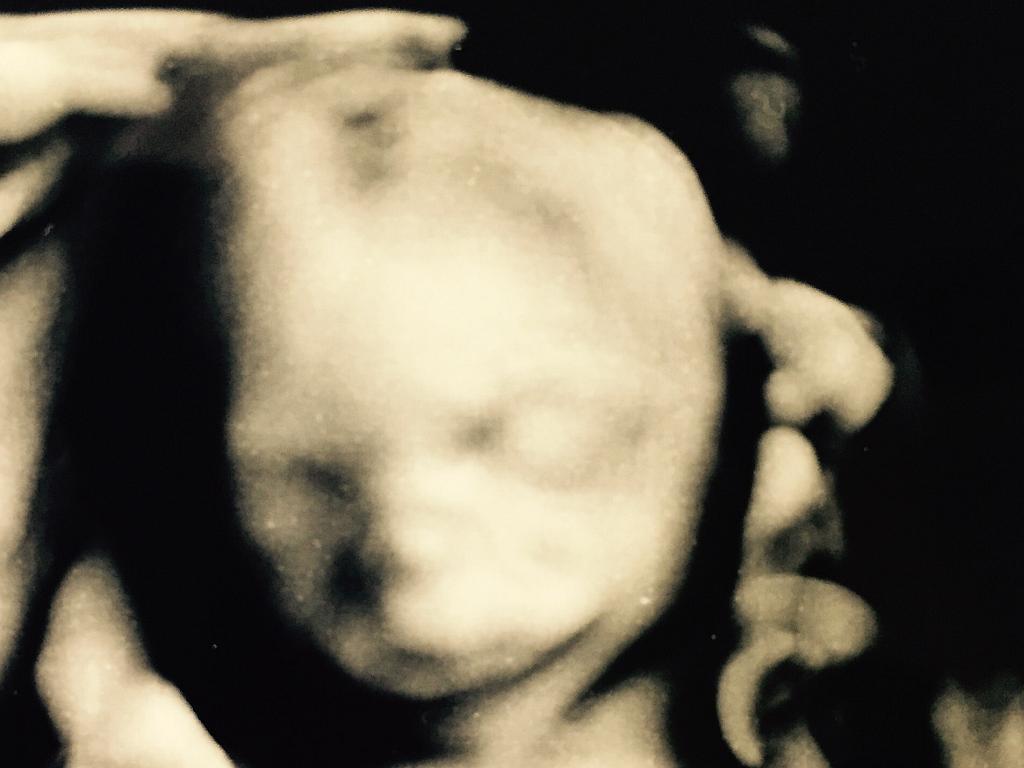

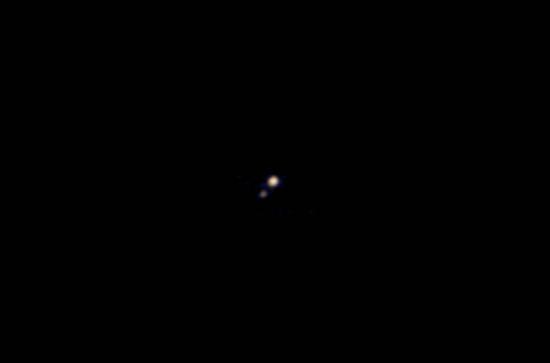

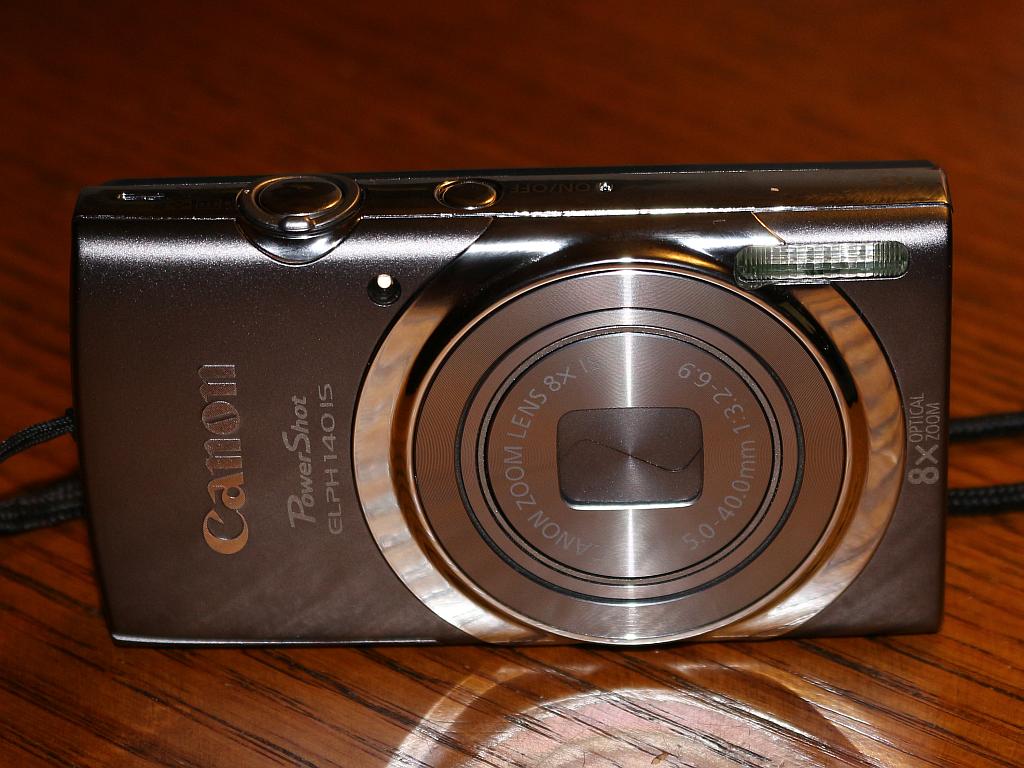
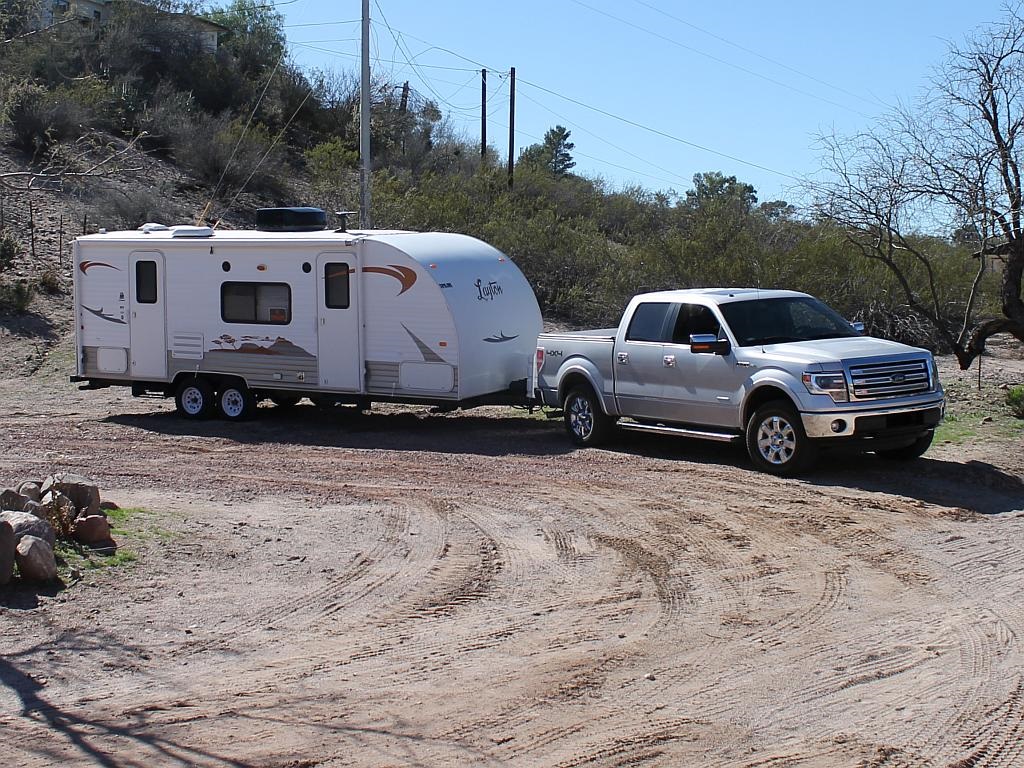
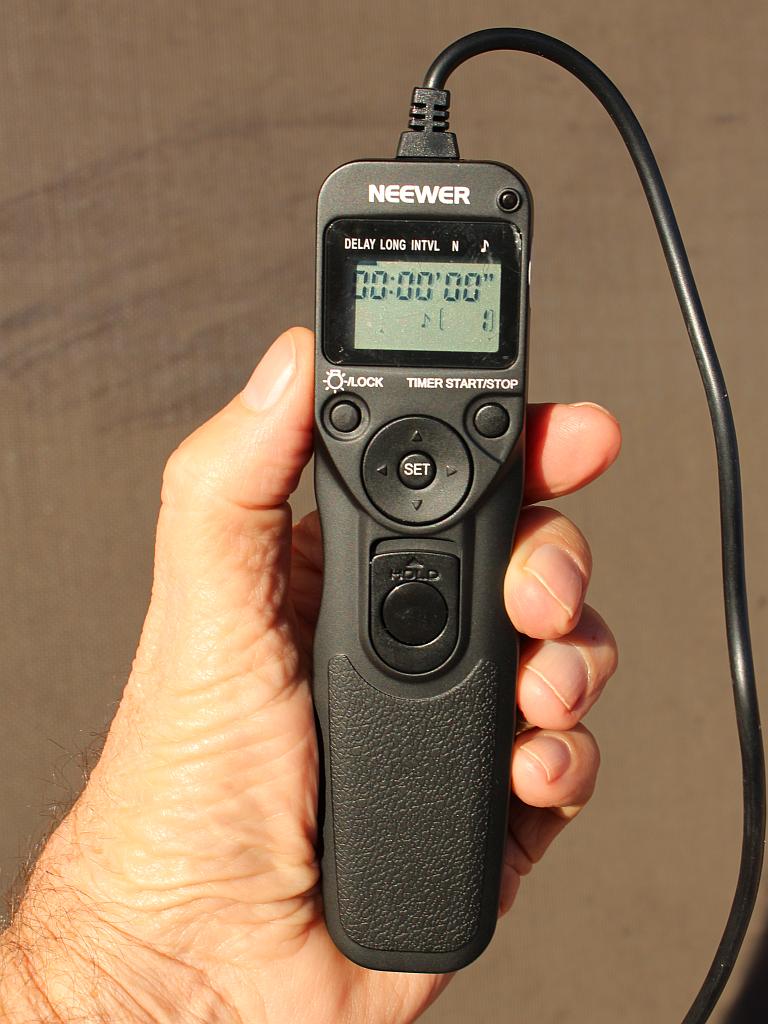
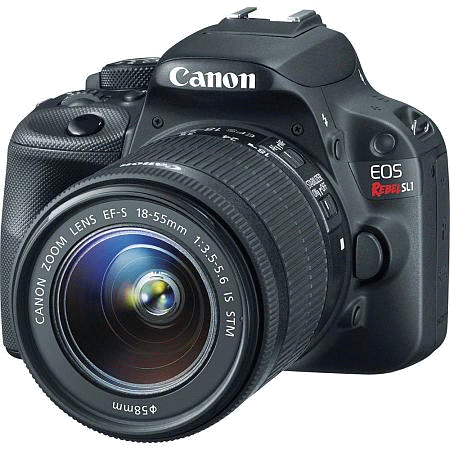 As sort of a late Christmas present to myself, I acquired this
As sort of a late Christmas present to myself, I acquired this